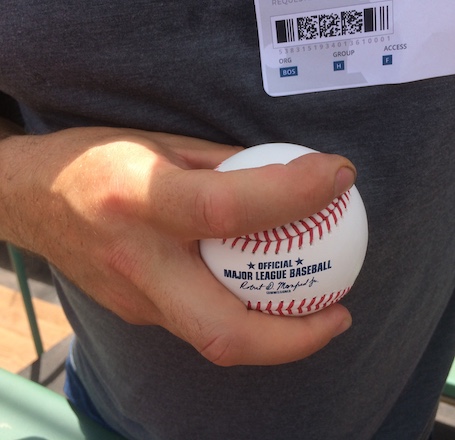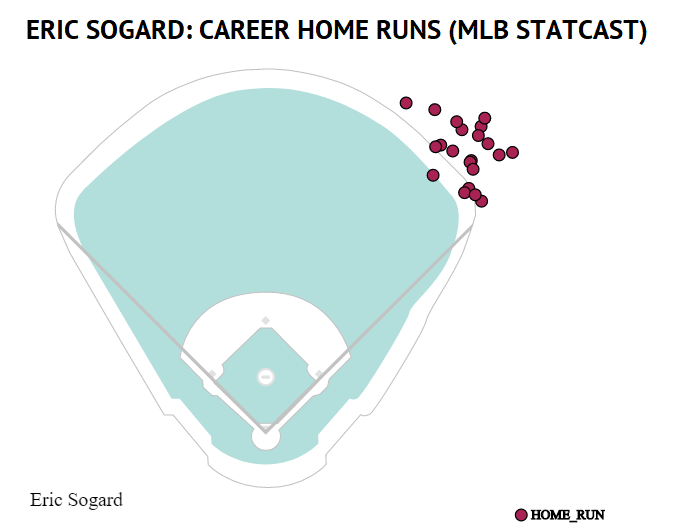Jason Frasor, Brandon Gomes, and Pete Walker on Developing Their Splitters
Pitchers learn and develop different pitches, and they do so at varying stages of their lives. It might be a curveball in high school, a cutter in college, or a changeup in A-ball. Sometimes the addition or refinement is a natural progression — graduating from Pitching 101 to advanced course work — and often it’s a matter of necessity. In order to get hitters out as the quality of competition improves, a pitcher needs to optimize his repertoire.
In this installment of the series, we’ll hear from three former pitchers — Jason Frasor, Brandon Gomes, and Pete Walker — on how they learned and developed their versions of the split-finger fastball.
———
Jason Frasor, Toronto Blue Jays all-time leader in appearances
“I always called it a changeup, but I did split my fingers. If you saw it, you’d be like, ‘Oh, he throws a splitter,’ but the problem was, my hands are really small. I could never spread them really far. I came off three elbow surgeries, including two Tommy Johns, OK? So I just didn’t know how to spin the ball anymore. All I had was a fastball.

“One day, Bruce Walton — remember Bruce Walton? — was like, ‘Try this.’ He said to spread my fingers and throw it like a fastball. I practiced it for a little bit, then took it out to a game. And it was great. That was my rookie year, and for the rest of my career it was my secondary pitch.

“How deep I held the ball in my hand depended on the day. And the climate. If I was in Seattle, where it was cool — it was dry and cool — I usually had a great one. If I was in Texas, I was worried. The pitch would kind of just squirt out of my hand. Weather effected my changeup. Therefore, I’d maybe have a little pine tar in my hat. Read the rest of this entry »


